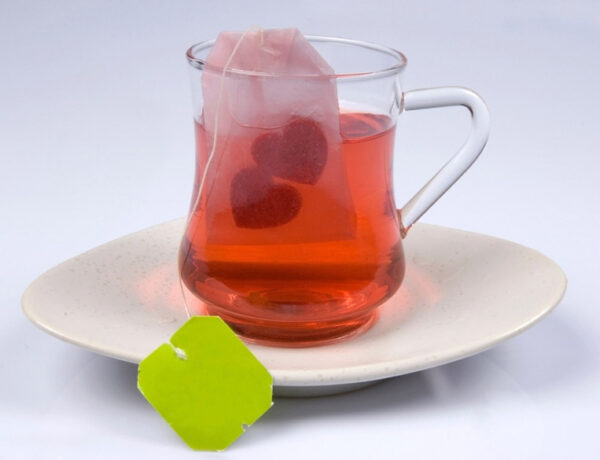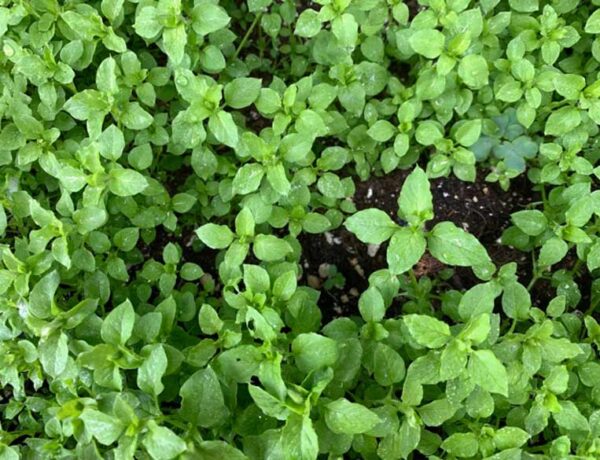What do sunflowers and zucchini have in common? Not much, really. It’s a trick question. After all, sunflowers grow UP while zucchini plants grow every which way. Mostly along the ground. Both plants stick around ’til the party’s over: A sunflower opens wide in August, turning its head to bask in the waning sun, while zucchini fruits continue to swell to the size of footballs so long as we allow it.
[This organic gardening article was originally published in the Kodiak Daily Mirror, the hometown newspaper for Kodiak, Alaska. You can access the archive page for my past columns, written each week since 1986].
Stalin’s Golden Gift
Two or three thousand years ago, Native Americans were grinding up the sunflower seed kernels to make a flour and treating the fleshy plant head that held the seeds as a vegetable. They’d discovered how to extract the blue, black, purple, and red dyes from sunflower seeds. They used the fibrous leaf and stem parts to weave into textiles and baskets.
That’s not all. They discovered its medicinal properties as well, using it as a healing cream for cuts and wounds, for example, treating snake and insect bites.
In the late 1600s, American sunflower seeds were brought to Russia. By the 1800s, fields of sunflowers were well established. In the 1930s, Soviet leader Joseph Stalin was pouring research into improving the plant. Within 20 years the Russians were breeding giant flower heads over one foot in diameter.
[perfectpullquote align=”full” bordertop=”false” cite=”” link=”” color=”” class=”” size=””]Today, Russia and Ukraine are the largest producers of sunflower oil, pressed from the seeds of sunflowers.[/perfectpullquote]
Look closely at a large flower head and you’ll see 20 to 25 showy yellow-orange ray flowers surrounding a yellow, brown, or purple-brown central disk. The classic, flat seeds—a delicacy to birds, animals, and humans—develop from the disk flowers.
While I’ve never harvested the seeds, I’ve heard it’s quite the challenge.
[perfectpullquote align=”full” bordertop=”false” cite=”” link=”” color=”” class=”” size=””]Sometimes it is best to get your enjoyment from watching the creatures that come to feed on this magnificent plant. — Kathy Wilkinson Barash, author of Edible Flowers[/perfectpullquote]
Another way to enjoy a sunflower is to eat the flower when it’s still in the bud stage. Since our days have grown cooler and shorter, many sunflower plants are still budding. This is an invitation to expand your culinary dance card:
Does it taste like chicken?
Or, how to eat a “sunbud” like an artichoke
If frog legs can taste like chicken, then sunflower buds taste like artichokes… Give it a try and see for yourself:
Harvest plump sunflower buds with fairly thick stems. Leave at least a 2-inch stem on each bud.
To prepare sunflower buds for cooking, remove the sunflower leaves. Bring a pot of water to a boil. Add sunflower buds. Blanch for 3 to 5 minutes. While water is boiling, bring a second pot of water to a boil. Add 1/2 teaspoon of salt. After the sunflower buds have cooked for 3 minutes, transfer them to the second pot of water. Discard the first pot of water. This gets rid of any bitterness. Continue to cook buds until fork tender. Remove from heat, drain, and set aside to cool until they can be handled.
Using a paring knife remove the green bracts from the sunflower buds and some of the outer layer of the green on the stem. (If there are any petals formed in the bud, remove these ray florets as well). The sunflowers are now ready to use. Store in an airtight container and used within a week. Use these prepared sunflower buds in any recipe that you would use artichokes in.
Meanwhile, why does zucchini get a bad wrap?
Well, you may have heard different versions of this joke:
Question: Why should you lock your car while attending church?
Answer: Because after the sermon, you’ll return to find it full of zucchinis.
While Kodiak growers might not be able to produce large quantities of zucchinis, we can grow large ones. Especially if grown in a hoophouse. As was the case for an oversized veg that a friend delivered to our house the other day. It was four inches in diameter. Time to explore new recipes…
Here’s one of my favorite recipes for using zucchini:
Grilled Zucchini Pizza Slices
Grilled zucchini pizza slices are a healthier way to satisfy that pizza craving, and this is perfect to make with overly-large zucchini that shows up in the fall.
8 large round zucchini slices (about 3-4 inches across and 3/4 inch thick)
1 cup pizza sauce
1 cup grated cheese
2 cups of toppings: Grated cheese, pepperoni, chopped red onion, olives, peppers, mushrooms, and so on.
Instructions:
1. Oil the grill grates then preheat grill to medium-high.
2. Cut a large zucchini into thick slices about 3/4 inch thick. (If you don’t have a zucchini that makes large round slices, you can cut the zucchini into lengthwise slices).
3. Grill one side of the zucchini slices for 7 minutes, or until there are grill marks on the bottom side and they’re becoming tender. (The second side will get cooked after you add the toppings.)
4. If the zucchini has a side that’s slightly larger, grill that side first so it will be the “top.”
5. If desired, heat the sauce while the zucchini grills.
6. Remove zucchini from the grill, putting them grilled-side up on a cookie sheet, and take them to the kitchen for decorating.
7. Spoon a tablespoon or two of sauce to each zucchini slice.
8. Then top with 2 or 3 tablespoons of topping. I’ve found it easier to chop/dice the topping ingredients and toss them together in a bowl.
9. Return loaded zucchini slices back on the grill and cook for 7 minutes on the second side with the grill lid closed. Check every few minutes to see when the cheese is melted and the toppings are lightly browned.)
10. Remove zucchini pizzas from the grill and serve hot. Leftover pizzas make great toppings on slices of sourdough toast.
One final note about sunflowers…
While sunflower oil can be turned into margarine, salad dressings, cooking oils, and even soaps and varnishes, the residual oil “cake” hardly goes to waste.
The remaining oil “cake”, along with the plants’ stems and leaves, helps fatten up farm animals and can also be pounded into paper. In the early 1900s, one inventor, who found that the stem pith floated like cork, used it to manufacture lifebelts and other buoyancy aids. The fortunate few who escaped with their lives when the Titanic sank in 1912, could thank not only their lucky stars but the sunflower, too.
Speaking of the Titanic, did you know that the life rafts used on the Titanic were invented by a woman?
Maria Beasley was her name. The year: 1882.
Though Beasley had already made a fortune on a barrel-hooping machine patent, this serial inventor went on to design an improved life raft with guard rails that were fireproof and foldable for easy storage. Her life rafts were used on the Titanic and saved over 700 lives.
++++++++++++++++++
Would you like to read more of these garden columns? Slowly but surely I’m posting over 1,200 articles that you can access here. For personal updates, sign up for my newsletter, the Garden Shed: All Things Organic Gardening. As a thank you for signing up, you’ll receive a FREE PDF: 220 Things You Can Compost. (I’m also on Facebook and Instagram). To get in touch by email: marion (at) marionowenalaska.com





No Comments